The future of dining
Looking forward can be fun (popsicles, southern barbecue), but it's not all good times (250 per cent mark-ups on wine, anyone?). Janne Apelgren polls a panel of experts to find how we'll be eating out.
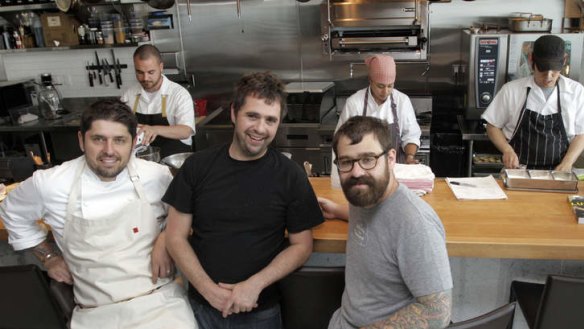
Jon Shook and Vinny Dotolo run one of Los Angeles' hottest restaurants, Animal. When it came time to open a third place, in April, they knew they had to do things differently. They had only four tables and eight seats at the bar at Trois Mec. So, instead of taking reservations, they sell tickets. And, as with a flight or the theatre, if you get there after the appointed hour, you might miss out. Chef Ludo Lefebvre, their partner, says it's like baseball: ''If you're late, the game's starting anyway.''
Trois Mec's tickets are booked online and cost $US75 ($77), which, with taxes and a service charge of 18 per cent, comes to almost $US100. You can't cancel or change a reservation but can only transfer it to someone else for the same time.
''People don't seem to mind at all,'' Shook says. ''They understand our reasoning and appreciate that we are just trying to provide the best possible experience at the best price.''
Has it worked? Shook says that since opening ''we have had zero no-shows at Trois Mec''.
Their online ticketing system was designed by Chicago restaurateur Nick Kokonas, who co-owns Next, Alinea and Aviary with chef Grant Achatz. Kokonas said that when his restaurants opened bookings two months out, callers would crash the phone exchange for the area, ''then we'd spend the next month answering the phones and telling people: 'We're sorry but we are fully booked'''.
His system has been adopted by other US restaurants and can also be used with ''dynamic pricing to fill slow times and gaps''. At his restaurant Next, you pay $85 on a Wednesday night and $135 for the same menu on a Saturday.
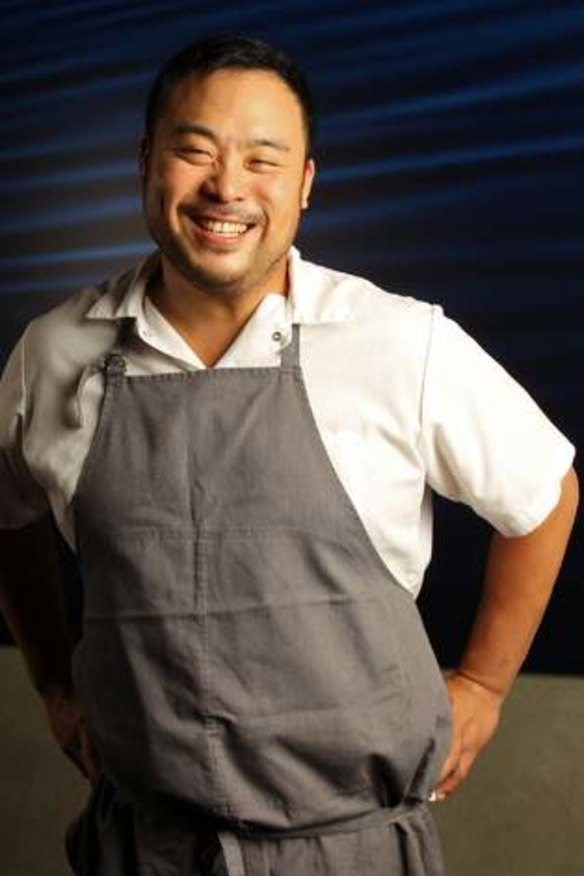
It's just one of the ideas directing the future of dining. Slim margins, more competition, rising prices and changing tastes are all driving big changes in the business of dining out.
We asked a panel of experts to gaze into a crystal ball and give us their predictions.
There'll be more no-bookings restaurants, so get used to it (and get in line)
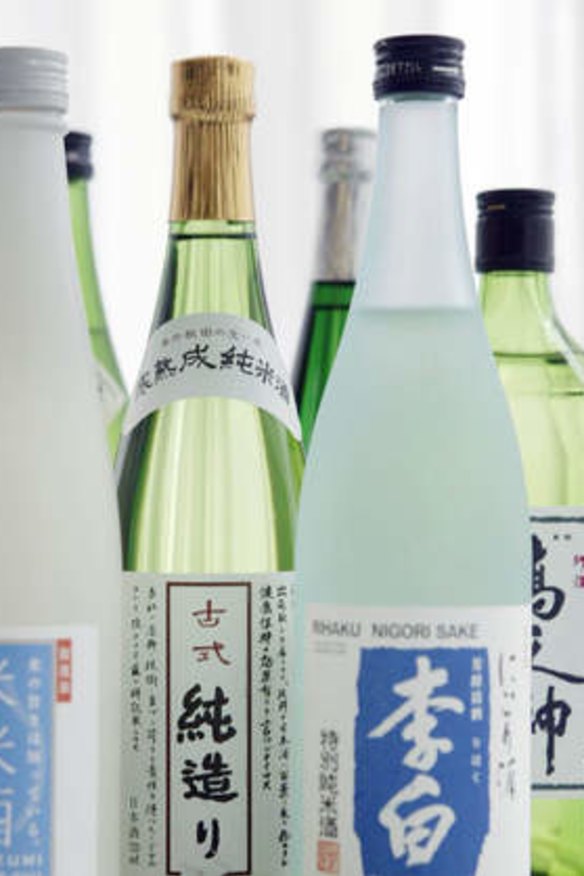
Higher rents, especially in central business districts, will force restaurateurs to fill seats more often. Restaurants are shooting for ''maximum table occupancy'', hospitality consultant Tony Eldred says. ''The most successful might not have just one sitting but may turn a table eight or nine times each day, from breakfast onwards. They're paying the rent for the whole day; they can't afford to just do business at night.'' Some good news for queue-hating patrons: this is an inner-city and inner-suburban phenomenon. "A couple of my clients have experimented in the suburbs and it doesn't seem to work," Eldred says.
We'll eat more vegetables, less meat when dining out
Momofuku chef David Chang has been a proponent of this, for health reasons as well as financial. Sharlee Gibb, of the Melbourne Food and Wine Festival, says vegetables are ''becoming the stars on the plate. Chefs are not only shopping at farmers' markets and tending their own gardens but are also having producers grow varieties of heirloom and forgotten vegetables for them and are looking beyond the 'supermarket varieties','' she says. ''Dining at noma, of the 30-odd dishes we had, only two included meat, which were snails and sweetbreads.''
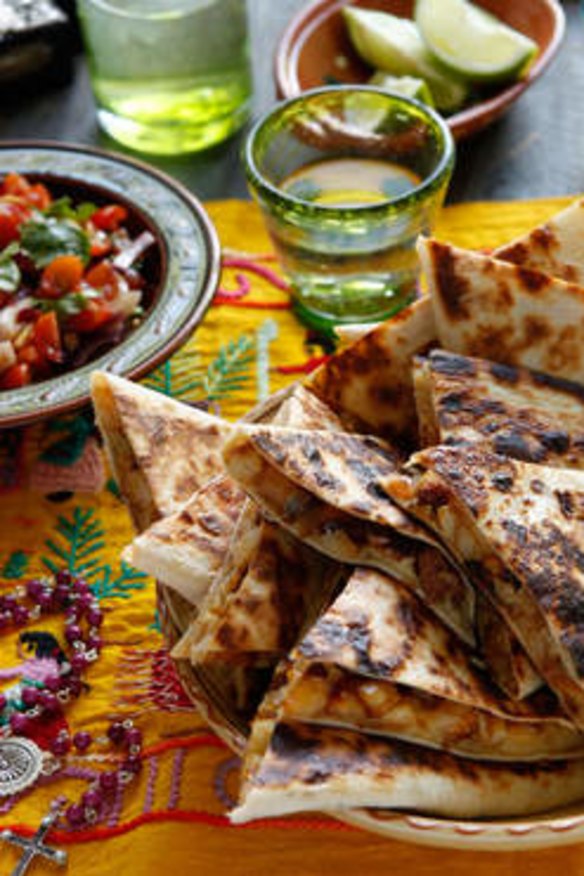
According to Tony Eldred, finances will drive the move from 300-gram portions down to 150 grams or less. ''It's about maintaining profits as prices escalate for good-quality meat, poultry and seafood,'' he says.
There will be a dumbing-down of service standards
One restaurateur told Fairfax Media his staff selection criterion was becoming ''must have a pulse'', as it had become difficult to find good staff. Another restaurateur blamed long hours and poor wages for making hospitality an industry with little appeal to many potential employees. ''Skilled staff are becoming harder and harder to find,'' says Eldred, who anecdotally describes the situation as the worst he's seen in 40 years in the business.
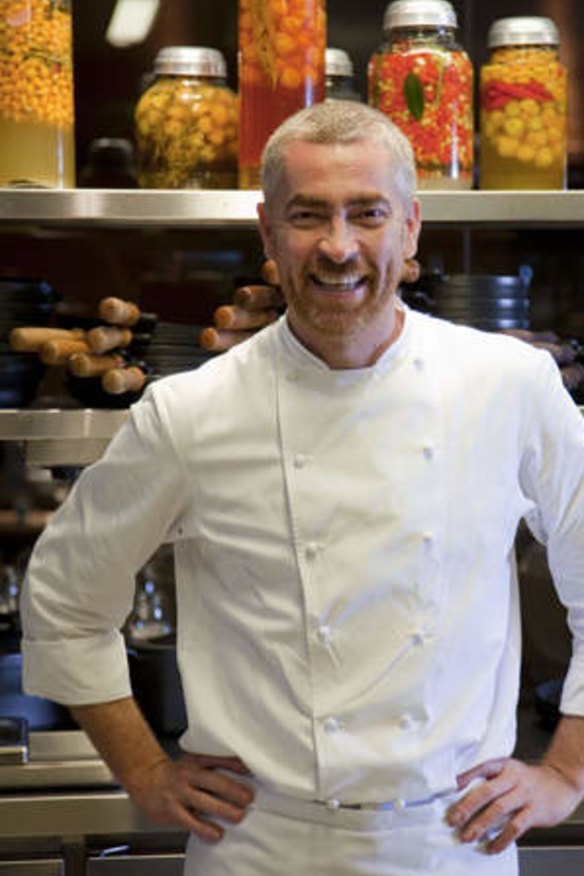
There'll be more off-site production of restaurant food
With rents going up, kitchen space is expensive. Smaller kitchens mean more tables, so expect kitchens to shrink as restaurateurs take preparation off-site. Melbourne's Chris Lucas was a pioneer of this with his Thai canteen Chin Chin's off-site kitchen backing up the cooking done on-site. Tony Eldred says we'll see more semi-prepped products, from desserts to turned vegetables and frozen dough, for the same reason.
We may even see pictures on menus
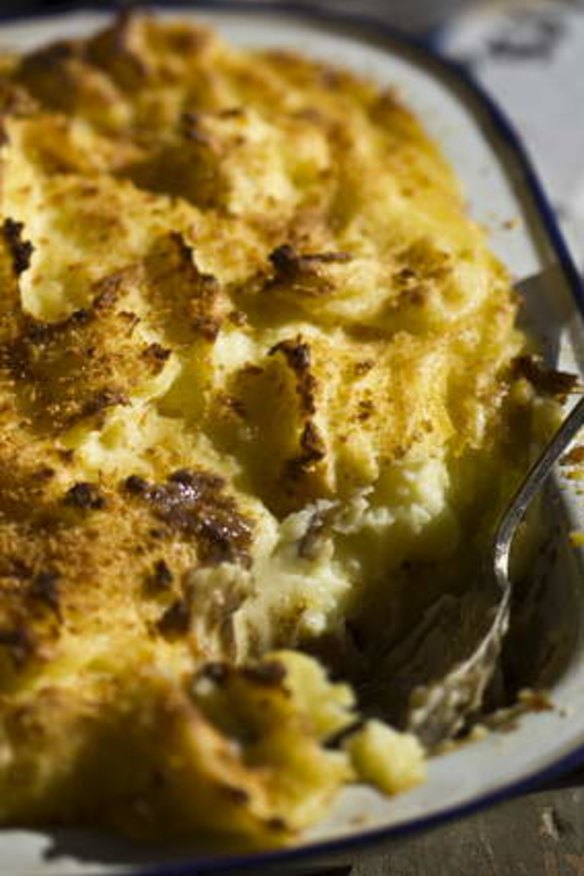
Once considered downmarket cafeteria sales tools, pictures on menus will move upmarket, Eldred says. Some restaurants will bring in high-tech tools and merchandising tricks, such as projecting food images on a wall. The fact is, Eldred says, a photo on a menu, tent card or wine list will sell two to three times more produce.
Other restaurants are becoming endangered species - they, too, will die
''Restaurant dinosaurs'' are those with old-style menus, that have been abandoned by Generations X and Y and are doing nothing to woo younger customers. Without a ''vibe'' or contemporary menu, their customers will die off, and they will, too, Eldred warns. This survival-of-the-fittest scenario isn't helped, Eldred says, by the fact we have about 30 per cent more restaurants than our population can support.

We'll drink more of …
Boutique and craft beer, sake and small batch spirits. Drinks lists will become more specialised in order to hook in Gen X and Gen Y and entice and excite diners.
We'll look to the south, and the streets
Southern American food, plus barbecue and smoking, will be increasingly influential here, says Joanna Savill, director of Sydney International Food Festival and editor of the Sydney Morning Herald Good Food Guide. The growing Asian influence on everything from US fast food to fine dining may head for new horizons. "Brazil and Mexico are the cool dining destinations … in Paris and London, street food and food trucks are having their day and designer doughnuts are the new macarons. Fergus Henderson's St John Bakery is filling them with custard, raspberry, rhubarb and, oh joy, caramel custard, too," Savill says.
More restaurants will close
Don't expect that ''nice little place'' around the corner to be there when you go back, hospitality consultant Eldred warns. Many small restaurants, with only 30 to 40 seats, struggle to produce a wage for their owners, and will close at an increasing rate, he says. ''It's the same as the corner milk bar being swallowed up by larger convenience stores,'' he says. ''Restaurants have to be a certain size to be viable.''
A very big reason to whine
As restaurants struggle to stay in profit, they'll look to make more from wine lists, Eldred says. "Expect fewer commercial wines on lists. In the quest for higher margins, they'll turn to smaller brokers and vineyards." If 120 per cent mark-ups are common now, Eldred predicts 250 per cent will happen soon. Using lesser-known wines makes it harder for diners to make price comparisons.
We'll tweet before we eat
The restaurant business will move to social-networking tools, Eldred says, because traditional marketing doesn't seem to be working as well as it once did. In Chicago, Nick Kokonas uses Facebook and Twitter to communicate with patrons and push business if things get slow. ''I don't see too many restaurants using either that effectively yet,'' he says.
Chefs will turn green
The influence of Denmark's Rene Redzepi and creatively like-minded chefs - such as Sweden's Magnus Nilsson, Brazil's Alex Atala, Momofuku's David Chang and Attica's Ben Shewry - will continue to make restaurant cooking more about ingredients and where they come from (either direct from farmers or kitchen gardens), and finding new and individual ways to use them that make sense both culturally and environmentally. So says Joanna Savill, who adds that the source and treatment of our meat (think wallaby, game and ethically raised chicken) will drive our choices.
Frugal will rule
With the global financial crisis grinding into its fifth year, we'll see a new frugality in the food scene, food writer Richard Cornish says. "Food waste at all levels - from production, storage, manufacture, retail to hospitality preparation and domestic usage - will be seen as not only economically ludicrous but will take on a more serious moral overtone,'' he says. ''Protein frugality will see butchers' customers focus on the cheaper cuts of meat, such as brisket, flank, neck and ribs. Look out for gourmet mince, mince from dry-aged beef and different mince offers - veal, pork and venison.
''Cheaper cuts of meat need slow cooking - perfect for pie fillings, so look out for the rise of the pie in casual eateries. Leftover recipes will pop up in food magazines and in the cafe scene, with a shepherd's pie renaissance predicted this winter. While not everyone will be cutting back, obvious extravagance and opulence in fine dining will be seen as gauche, so expect to see a veneer of frugality at the top-end restaurants."
Pops will become the new cupcakes
''Ice pops, popsicles, gelato, paletas, boozy pops - pops are the new cupcake,'' Sharlee Gibb says. ''I'm talking crafted flavour combinations, local ingredients, dash of your favourite spirits, funky shaped moulds. Make them yourself at home or look out for a groovy popsicle food truck sure to be coming our way soon.''
Restaurant reviews, news and the hottest openings served to your inbox.
Sign up